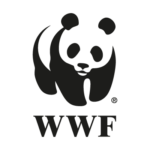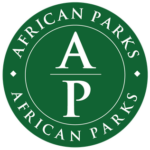For this trip we’ll explore the southern Lobaye Region where we will visit villages and natural sites. We will camp and either cook ourselves or eat at local initiatives. We ask you to bring your own camping gear. It is advised to bring extra water and snacks.

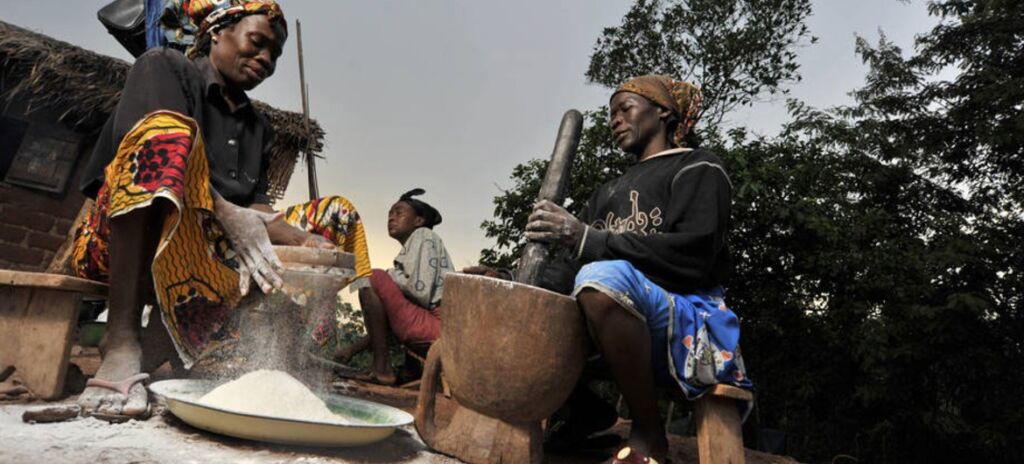
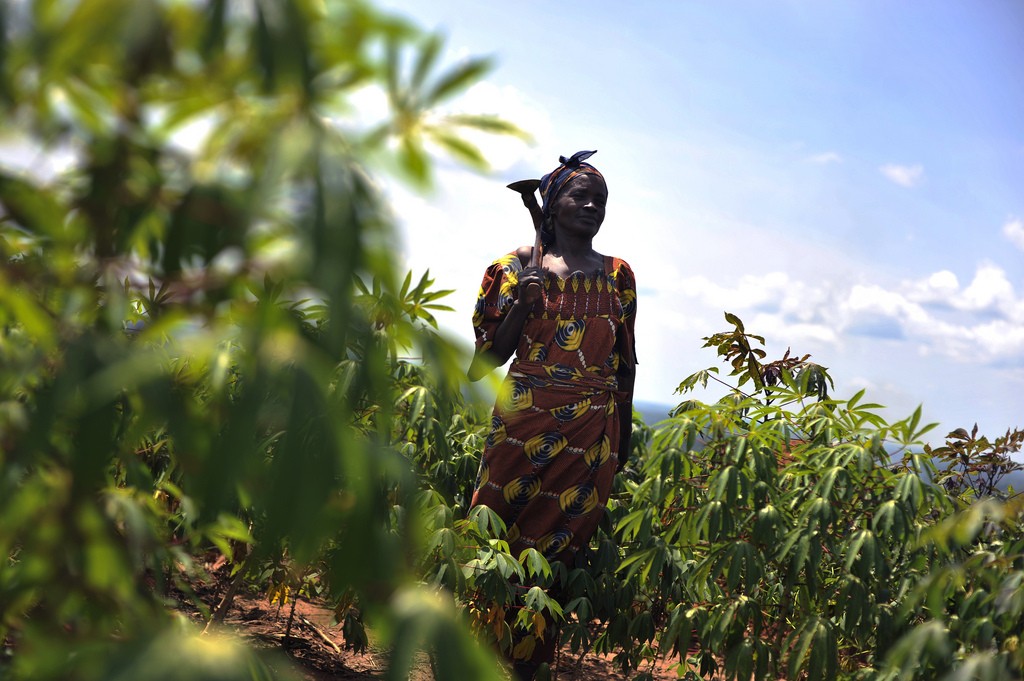

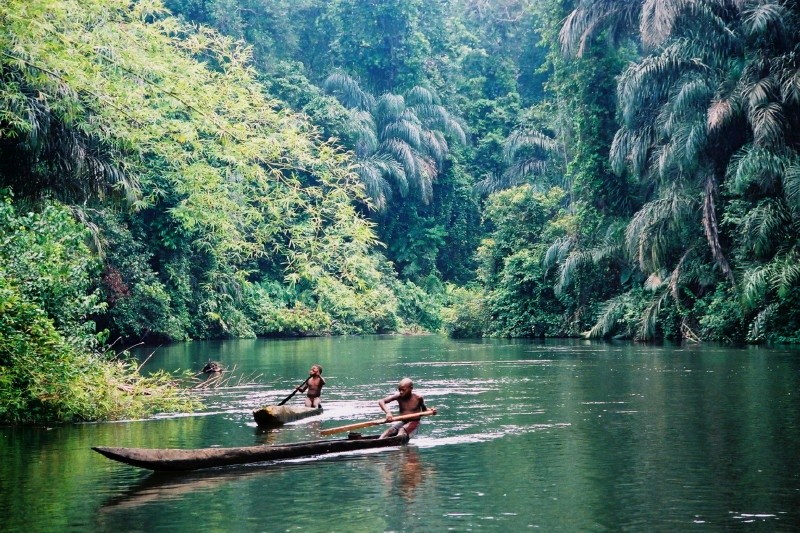
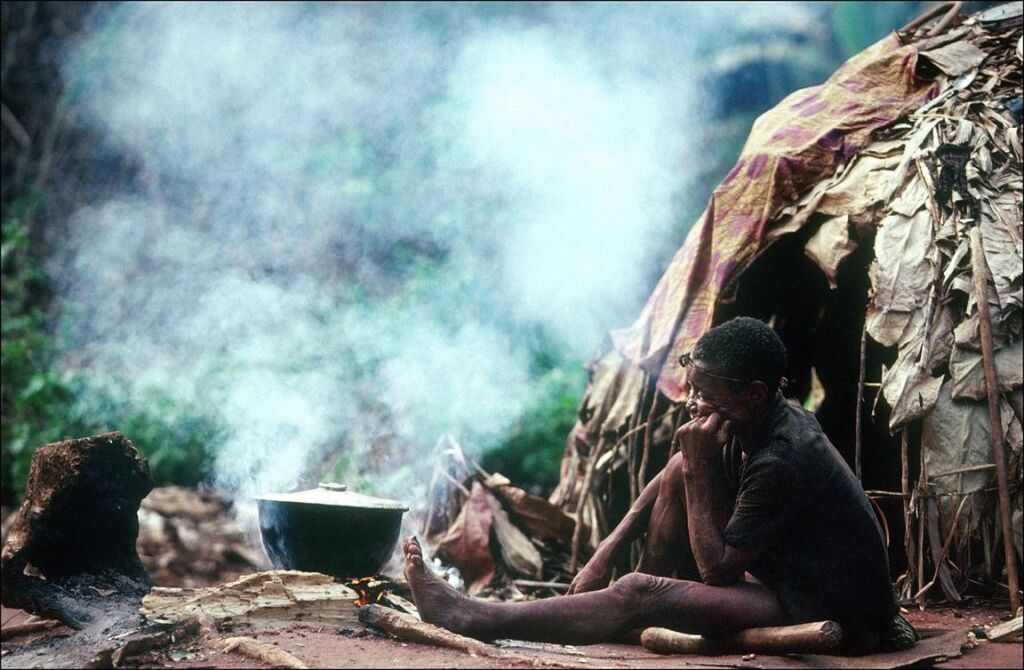






It is VERY IMPORTANT to add at least one buffer day before your travel in case your flight is delayed and also add at least one buffer day after the safari so you definitely not miss your flight back. We are not responsible for you missing any transfer flights due to bad planning.
Day 1: Zinga
Today we’ll drive to the village of Zinga and go visit the old train station and observe the old locomotives.
The village of Zinga is located south of Bangui and is located at the confluence of the Lobaye and the Oubangui. It is a village about 1km long and 300m wide. The houses are traditional huts made from local materials (raffia palm roof and mud walls). Bordering the right bank of the Oubangui, Zinga is however distinguished by modern infrastructures inherited from its colonial past.
Indeed, the Compagnie Générale de Transport en Afrique Equatoriale (CGTAE), a river transport company had built a six-kilometer railway, connecting the villages of Zinga and Mongo in the 1920s and whose operation ceased in 1960. This railway was a palliative to the problem of navigation on the Ubangi and the supply of the interior territory of the French colony, in particular the Ubangi-Chari and Chad. Also, it was a solution to the recurring problem of porting in Oubangui-Chari. A load break occurred during low water at the Zinga threshold, requiring a transshipment from Congo or Bangui. Goods and passengers alighted from the large steamers below the threshold and boarded smaller ones upstream in the village of Mongo.
The remains of Zinga consist of a hangar containing two locomotives, eighteen flatbed cars and two passenger cars. They also include two warehouses, two dwelling houses, the wreck of a steamboat named “Le Gouverneur Lamblin” and two boats forming the relics of the activities of this period between the wars which lasted until 1960. Docks constructed of concrete complete the installations. The Mongo terminus has two warehouses and two residential houses.
However, the degradation of the Zinga site has started. The railway does not exist any more but it is materialized by a line of dry stones which constituted its base. The wagons located on the rails in the starting position are completely oxidized just like the machines.
The hangar is also beginning to deteriorate. Its metal profile structure still supports and maintains the building.
Day 2: Zinga and River
We will continue to discover the area and visit the local village as well as go on the Ubangi River. We’ll stay somewhere in the region.
Day 3: Mbaiki
Exploration of Mbaiki and surroundings. Overnight stay.
Located 107 km from Bangui, Mbaïki “la fleurie” also signals the end of the tar. It is accessed by a road eaten up by holes, where the asphalt often looks like Swiss cheese. Prefecture of Lobaye, Mbaïki is located on the RN6 which leads to the 4th parallel. This road had been built and paved at the time of Bokassa, to convey goods to the 4th parallel, towards the southwest area and Cameroon. The main economy in the city is based on coffee and timber and travelers can learn about both whilst visiting.
Day 4 and 5: Ngoto Forest
Today we’ll leave the lodge and will go towards Ngotto Forest where we will stay in a camp site of a local initiative.
North of the border with the Congo, the Ngoto forest covers an area of 8,250 km² of dense forest. The Ngoto forest is managed by the ECOFAC project, which is working on other sites in the Central African Republic to ensure its conservation. Ngotto is one of the northernmost points of the forest massif of Central Africa since many areas of savannah are beginning to appear there, “breaking” this exclusively forest link. Ngoto is sparsely populated and it is not the Pygmies who live there gathering and hunting who do the damage. There are two seasons in Ngotto: a rainy season which begins in March / April and ends in October / November with a maximum of rains in August / September; a dry season from November to February / March during which it is possible to observe the flowering of trees in the forest. Among the trees growing in Ngotto, we find the mukulungu. It is a large, humid forest tree that can reach 50 m high and 180 cm in diameter. Its fruit is a berry, with yellow pulp. Note also that the iroko grows, which can reach 50 m in height and 200 cm in diameter, giving false green fruits.
Day 6: Back to Bangui
Today we’ll drive back to Bangui. End of tour.
Includes:
– Full board accommodation
– All activities as described
– Park entrance fees
Doesn’t include:- Accommodation in Bangui
– Airport transfer in Bangui
– Activities in Bangui
– Drinks
– Tips and gratuities







